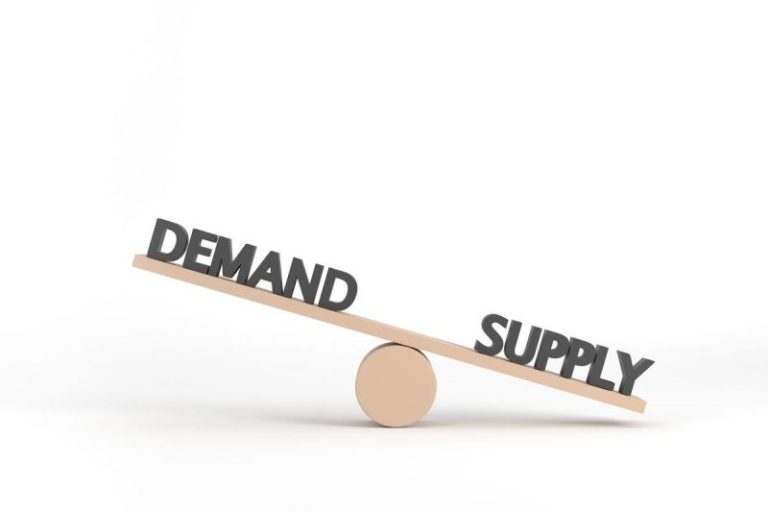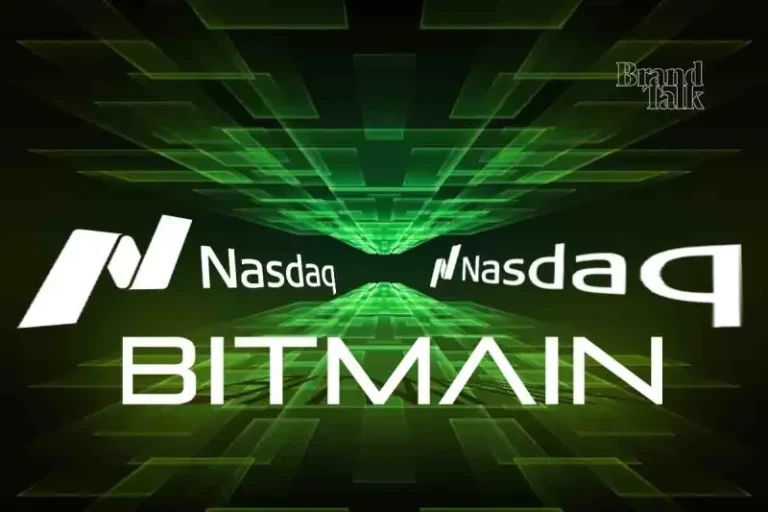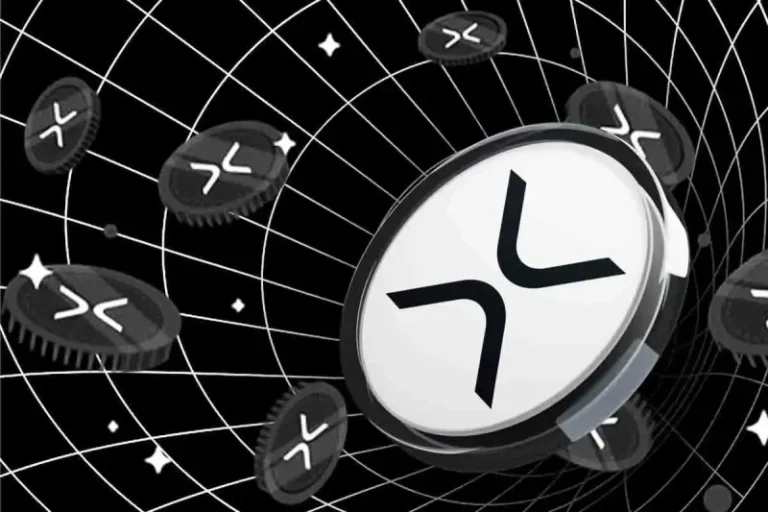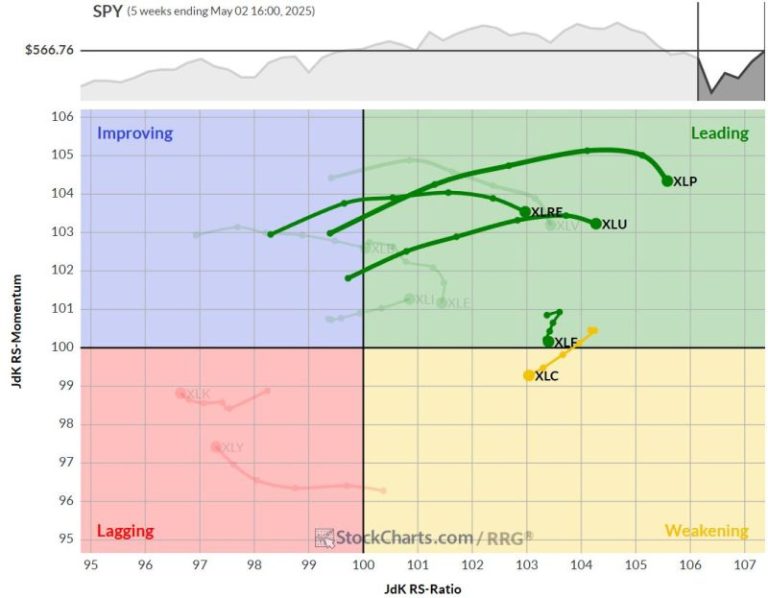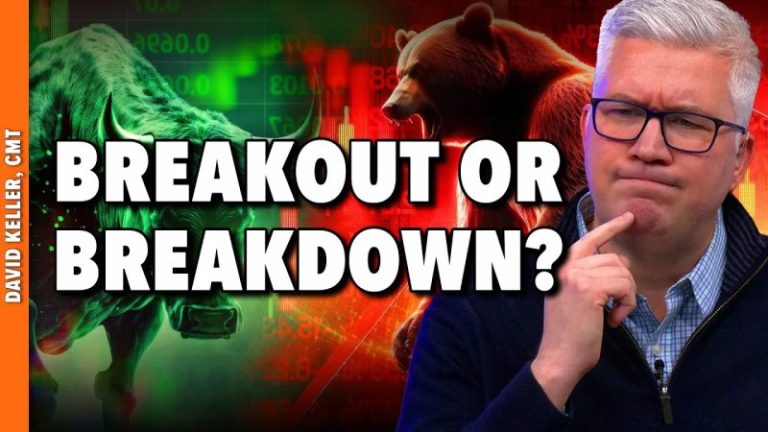The global pharmaceutical market reached a total value of US$1.38 trillion in 2024, according to Research and Markets, up significantly from the US$888 billion seen just over a decade earlier in 2010.
Experienced and novice investors alike may want to consider pharmaceutical exchange-traded funds (ETFs) as a way to gain exposure to the top pharma companies. Like all ETFs, pharmaceutical ETFs are a good option for those who want to trade a set of assets in the pharmaceutical industry instead of focusing solely on individual pharmaceutical stocks.
The main advantage of a pharmaceutical ETF is the fact that it can provide exposure to an overarching sector, but still trades like a stock. Pharma ETFs also offer less market volatility and lower fees and expenses.
Big pharma ETFs
Many of these funds have diverse holdings across some of the most important sectors in the pharmaceutical industry, including pain therapeutics, oncology, vaccines and biotechnology. Data was gathered on May 6, 2025.
1. VanEck Pharmaceutical ETF (NASDAQ:PPH)
Total assets under management: US$653.61 million
Established in late 2011, the VanEck Pharmaceutical ETF tracks the MVIS US Listed Pharmaceutical 25 Index. It has the capacity to provide big returns, even though there are some risks attached to the ETF. An analyst report indicates that investors looking for ‘tactical exposure’ to the pharma sector might consider this ETF as an investment option.
The ETF has 25 holdings, with the top five being Eli Lilly (NYSE:LLY) at a weight of 12.17 percent, AbbVie (NYSE:ABBV) at 6.48 percent, Johnson & Johnson (NYSE:JNJ) at 6.45 percent, Novartis (NYSE:NVS) at 5.43 percent and Cencora (NYSE:COR) at 5.34 percent.
2. iShares US Pharmaceuticals ETF (ARCA:IHE)
Total assets under management: US$571.51 million
Created on May 5, 2006, this iShares ETF tracks some of the top US pharma companies. In total, the iShares US Pharmaceuticals ETF has 41 holdings, with the vast majority being large-cap stocks.
Of its holdings, Eli Lilly and Johnson & Johnson are by far the largest portions in its portfolio, coming in at weightings of 24.55 percent and 23.38 percent, respectively. The next highest are Royalty Pharma (NASDAQ:RPRX) at 4.93 percent, Zoetis (NYSE:ZTS) at 4.80 percent and Viatris (NASDAQ:VTRS) at 4.57 percent.
3. Invesco Pharmaceuticals ETF (ARCA:PJP)
Total assets under management: US$240.1 million
The Invesco Pharmaceuticals ETF is primarily focused on providing exposure to US-based pharma companies. An analyst report states that this ETF chooses individual securities based on certain investment criteria, namely stock valuation and risk factors. Invesco changed the fund’s name from the Invesco Dynamic Pharmaceuticals ETF in August 2023.
This ETF was started on June 23, 2005, and currently tracks 31 companies. Its top holdings are Abbott Laboratories (NYSE:ABT) with a weight of 5.2 percent, AbbVie at 5.17 percent, Johnson & Johnson at 5 percent, Gilead Sciences (NASDAQ:GILD) at 4.94 percent and Eli Lilly at 4.86 percent.
4. SPDR S&P Pharmaceuticals ETF (ARCA:XPH)
Total assets under management: US$139.14 million
The SPDR S&P Pharmaceuticals ETF came into the market on June 19, 2006, and represents the pharmaceutical sub-industry sector of the S&P Total Markets Index. An analyst report for the ETF suggests that due to its narrow focus — which includes pharma giants that post ‘big returns’ during times of consolidation — it should not be considered for a long-term portfolio.
This pharma ETF tracks 43 holdings, with relatively close weighting among its holdings. XPH’s top five holdings are Corcept Therapeutics (NASDAQ:CORT) with a weight of 5.26 percent, Eli Lilly at 3.99 percent, Royalty Pharma (NASDAQ:RPRX) at 3.98 percent, Zoetis at 3.87 percent and Johnson & Johnson at 3.81 percent.
5. KraneShares MSCI All China Health Care Index ETF (ARCA:KURE)
Total assets under management: US$82.86 million
The KraneShares MSCI All China Health Care Index ETF was launched in February 2018 and tracks an index of large- and mid-cap Chinese stocks in the healthcare sector, all weighted by market capitalization. According to an analyst report, the fund provides investors with ‘exposure to a relatively small slice of the Chinese economy.’
The ETF tracks 46 holdings, and its top five are Jiangsu Hengrui Medicine (SHA:600276) at 8.33 percent, BeiGene (OTC Pink:BEIGF,HKEX:6160) at 7.88 percent, Shenzhen Mindray Bio-Medical Electronics (SZSE:300760) at 6.79 percent, Wuxi Biologics (OTC Pink:WXIBF,HKEX:2269) at 6.67 percent and Innovent Biologics (OTC Pink:IVBXF,HKEX:1801) at 5.51 percent .
Securities Disclosure: I, Melissa Pistilli, hold no investment interest in any of the companies mentioned in this article.


